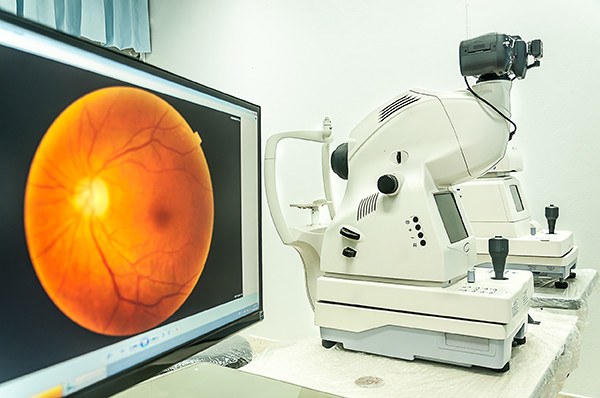Diabetes management involves periodical screening for various diabetes complications. By screening for complications periodically and by providing early interventions, the risk of major ailments and disabilities can be avoided.
One of the main complications in people with diabetes and poor glycemic control is diabetic retinopathy. In most people with diabetes, improper management of diabetic retinopathy is the main cause of blindness. This calls for an aggressive management with regular screenings.
What is Diabetic Retinopathy?
High blood sugar level in diabetic patients causes damage to the blood vessels of the retina. This damage leads to severe vision loss when blood flows into the surrounding areas. Moreover, people with diabetes are at a much higher risk of going blind.
Diabetic retinopathy causes macular edema, a condition in which the blood vessels of the retina develop leaks and blood along with fluid and fatty substances pour into the retina.
Diabetic retinopathy also causes proliferative retinopathy, a condition in which abnormal blood vessels grow in the retina. Since these new blood vessels are fragile, they cause scar tissue causing retinal detachment. To avoid diabetic retinopathy, it is very important that every diabetic should get a periodical eye examination.
Stages of Diabetic Retinopathy:
- Mild Non-Proliferative Diabetic Retinopathy.
- Moderate Non-Proliferative Diabetic Retinopathy.
- Severe Non-Proliferative Diabetic Retinopathy.
- Proliferative Diabetic Retinopathy.
As part of screening tests, a fundoscopy is performed to look for the presence of diabetic retinopathy.
What is Fundoscopy?
Fundoscopy or ophthalmoscopy is a test done to examine the back of the eye and the inner lining. The fundus consists of the retina, the macula, the optic nerve, and blood vessels. Fundoscopy allows the ophthalmologist to detect retinal degeneration, detachment, and other abnormalities of the blood vessels and the optic nerve. Fundoscopy is an important screening test for diabetic patients to look out for diabetic retinopathy.
How is Fundoscopy done?
The fundoscope or the ophthalmoscope is used to perform the fundoscopy. The patient is seated in the dark room and the doctor examines the retina with the fundoscope, which has a torch in it. The fundoscope is held a few centimeters away from the eye, and the optometrist or the ophthalmologist observes the eye for any abnormalities.
Fundoscopy is a simple test that takes only a few minutes and needs no preparation. It is totally risk free and only in the case when the pupil needs to be dilated, there is a need for adding eye drops before testing.
Why is fundoscopy important for diabetic patients?
Many patients with diabetes for a prolonged period of time are at risk of developing diabetic retinopathy. The risk is higher in patients who have poor glycemic control. Since diabetic retinopathy leads to blindness, it is very important that diabetics, patients with high blood pressure, hyperlipidemia (elevated cholesterol levels), sleep apnea, and gestational diabetes should get their eye examination regularly.











